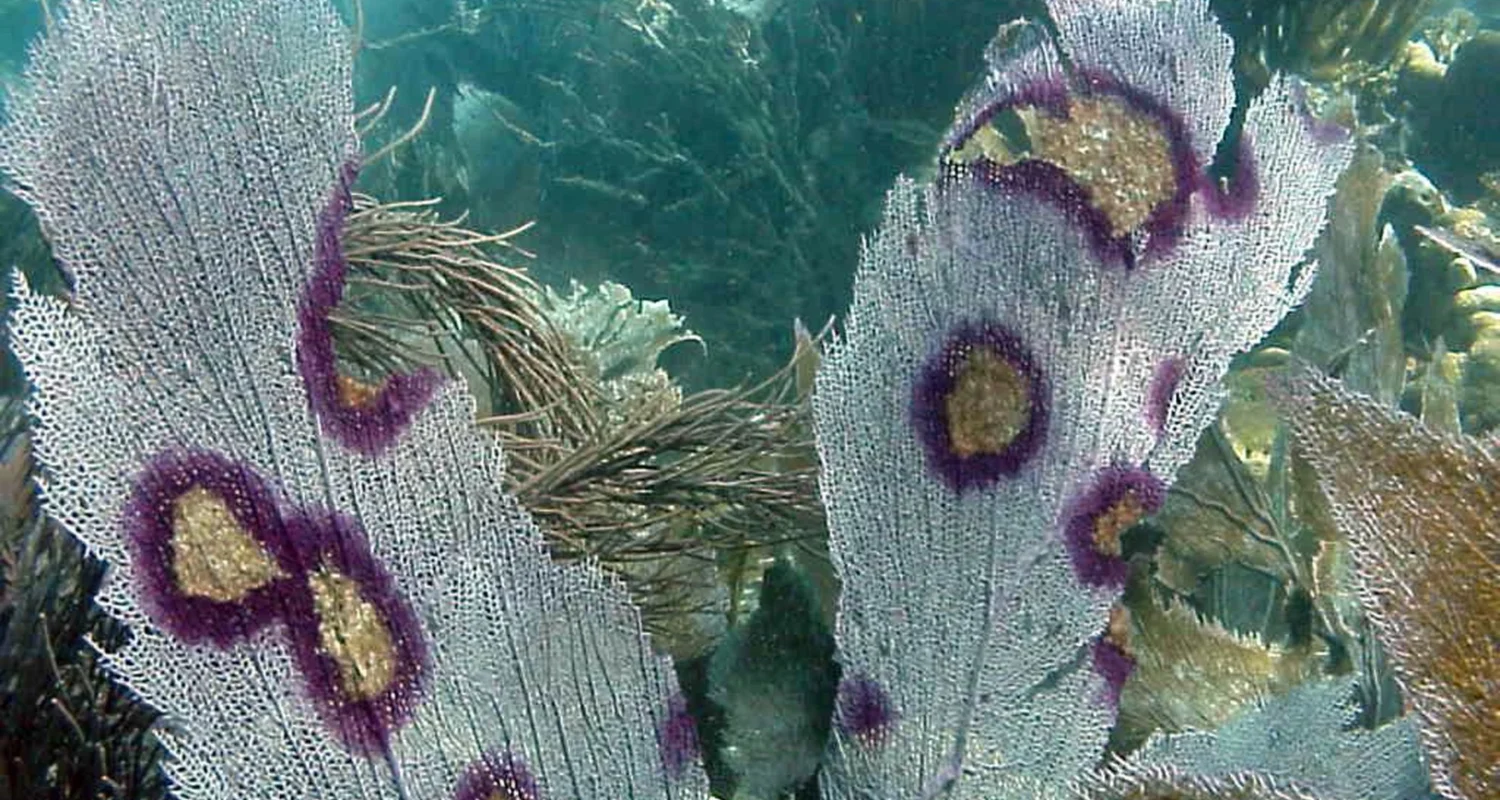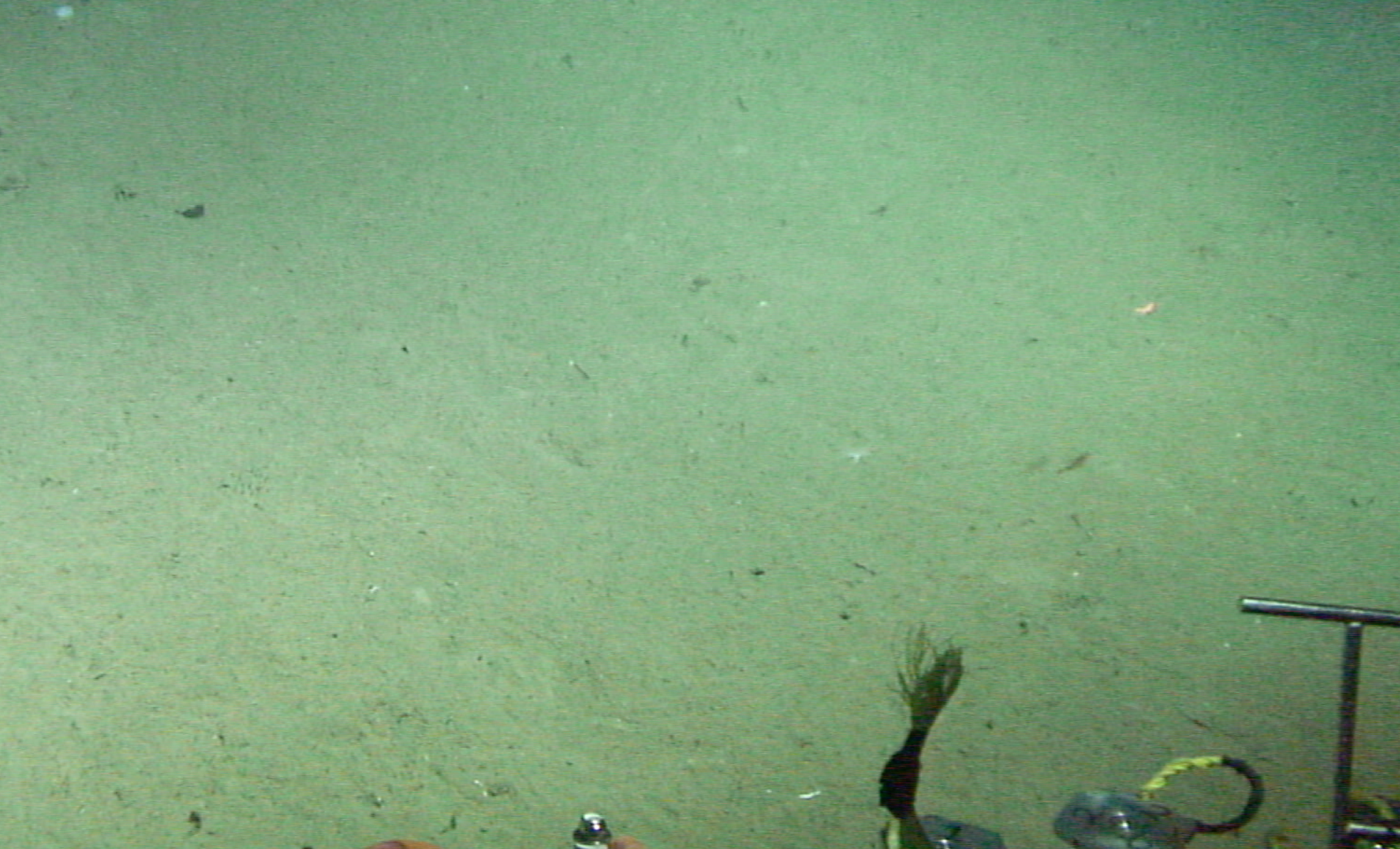Graham Olivia J., Stephens Tiffany, Rappazzo Brendan, Klohmann Corinne, Dayal Sukanya, Adamczyk Emily M., Olson Angeleen, Hessing-Lewis Margot, Eisenlord Morgan, Yang Bo, Burge Colleen, Gomes Carla P. and Harvell Drew 2023. Deeper habitats and cooler temperatures moderate a climate-driven seagrass disease. Phil. Trans. R. Soc. B3782022001620220016
******
As humans, we rely on the ocean for practically everything. So, the decline of any organism in our oceans, directly or indirectly, will affect many species and marine systems that we rely on.
Although human diseases have been studied for years, our oceans suffer from a lack of research and knowledge on the delicate host-microbe interactions (how microbes or viruses sustain themselves within host organisms) and changes that may trigger disease outbreaks.
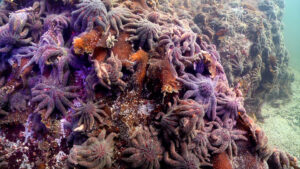
Image source: Science Magazine 2019
Temperature-sensitive pathogens (pathogen can detect increases in temperature through RNA thermosensors) that target marine foundation species (habitat-forming organisms that define many ecosystems) like corals and eelgrass (Zostera marina), a temperate seagrass species, can be especially devastating, given their crucial roles in driving marine ecosystem structure and function. Seagrasses have the largest global distribution of any marine angiosperm (a plant that has flowers and produces seeds), and grow in shallow, coastal areas throughout the northern hemisphere.
Seagrass wasting disease, caused by the protist Labyrinthula zosterae, is one of the current threats to the health and sustainability of global seagrass meadows. This pathogen (a bacterium, virus, or other microorganism that can cause disease) consumes plant chloroplasts, impairs photosynthesis, produces distinctive black lesions, and reduces eelgrass growth and below-ground sugar stores in natural meadows.
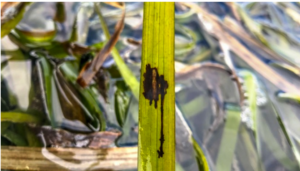
Image Source: Cornell Chronicle 2022
This study aimed to test the following hypotheses:
- disease prevalence and severity are reduced in meadows at higher latitudes with cooler temperatures. Prevalence is the proportion of surveyed leaves that are infected, and severity is the proportion of leaf area that is visibly infected;
- disease levels are lower in deeper, subtidal eelgrass compared to the more environmentally stressful conditions of shallower, intertidal eelgrass.
- (iii) disease is higher in high-density eelgrass meadows since the disease transmits via direct contact with infected leaves.
They surveyed 5761 eelgrass leaves from paired, adjacent intertidal and subtidal eelgrass meadows for leaf-specific measurements (leaf area, disease prevalence and severity) and site-specific biometrics (density and canopy height). Intertidal (of or denoting the area of a seashore which is covered at high tide and uncovered at low tide) eelgrass meadows were exposed to more stressful, extremely variable environmental conditions at low tide, including higher temperatures, desiccation, ultraviolet stress, and at high latitudes, scouring by sea ice.
The two study years, 2017 and 2018, captured outbreak conditions of relatively high disease levels across a wide latitude in the northern range of eelgrass, from Puget Sound to Alaska, including some relatively undisturbed, remote locations. Their observed disease prevalence and severity levels are comparable to those documented in other intertidal and subtidal eelgrass meadows in the northeast Pacific.
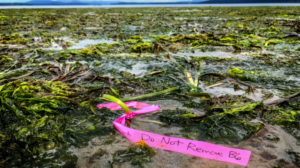
Image Source: Cornell Chronicle 2021
Sites with denser eelgrass meadows and cooler temperatures had lower disease, but this association was more pronounced in intertidal meadows. But this pattern was contrary to their hypothesis and disease theory, which would predict higher disease levels in denser meadows, given that one of the mechanisms of seagrass wasting disease transmission is via direct contact between infected and healthy leaves.
Given the increasing frequency and intensity of marine heatwaves, other mounting environmental changes, and global seagrass declines, understanding the synergistic effects of climate change and marine diseases on this foundation species is critical to the sustainability of our oceans and planet.

Image Source: Hakai Magazine 2022
Krti is interested in the transmission dynamics of environmental diseases as they relate to climate and anthropogenic stressors. As a Fulbright Scholar, Krti conducted analyses on the responses of dengue fever to climatic stressors off the coast of the Bay of Bengal, in India. Currently, Krti works with Stanford University to understand the role of schistosomiasis in environmental reservoirs, and leads the pursuit of a computational-based based analysis of eelgrass wasting disease dynamics. At Stanford, Krti serves as one of the few trans-disciplinary experts for planetary health topics, via machine learning and computer vision, data science, environmental policy, and science communication. As a STEM innovator and a first-generation woman of color, Krti is proud to be a writer for Oceanbites!

